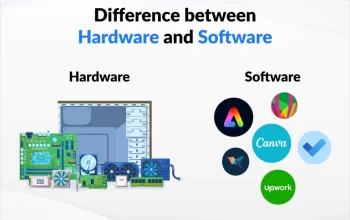The first step in a software requirements specification is the definition of the requirements. A good software requirements specification will include a detailed list of the desired features and functions. This documentation will help the customer and the contractor understand the goals and needs for the product and will act as a starting point for other technical documentation. A well-written product requirements document will also speed up the development process and eliminate duplication of tasks. Using a software requirements specification will ensure the best possible outcome of the project, as well as a successful one.
The next step is the implementation part. This document documents the overall system requirements and is used to help developers understand the tradeoffs that must be made between different style goals. For example, in a software requirements specification, future system features and functionalities are listed, which can help developers determine which features and functionality to prioritize. Depending on the nature of the system, developers should take into consideration future functionality and device support. They should also include any problems with reusability.
During the software development process, the requirements must be documented. After gathering the business and technical requirements, the process will be easier. The next step in the process is to create the SRS. To do this, create an outline of the software requirements, fill it in, and create the actual document. The first chapter of a SRS document should explain the purpose of the product and what the expectations are. A software requirements specification should also be able to incorporate use cases from the system use-case model, if necessary.
A software requirements specification can also help a team keep its members on the same page. The process can become chaotic if software requirements are poorly defined. In many cases, teams comprise of members with specific knowledge, and a software requirements specification keeps everyone in line. The document details the specific aspects of a product and makes it easier for everyone to understand their roles and responsibilities. If all parts of the team know their roles, the software requirements specification is the best way to ensure the best results.
As the name implies, the software requirements specification creates a foundation for all documentation. Without an SRS, there is no basis for consistency, structure, or understanding of the bigger picture. It also sets the stage for communication. The SRS should include information that is sufficient for developers and product owners to complete the software. It is an important tool for developers as well as for stakeholders. It is a critical component in the entire software development process and must be communicated well to avoid misunderstandings.
An example of an availability requirement would be whether or not a business process will be interrupted during an outage. For example, if a customer needs to bank for 24 hours, then the system should be available 24 hours a day for the entire period. In addition, if the product has been designed for a single time zone, the designer can perform maintenance on the system components and data during one hour if the time zone is not affected by the outage.





